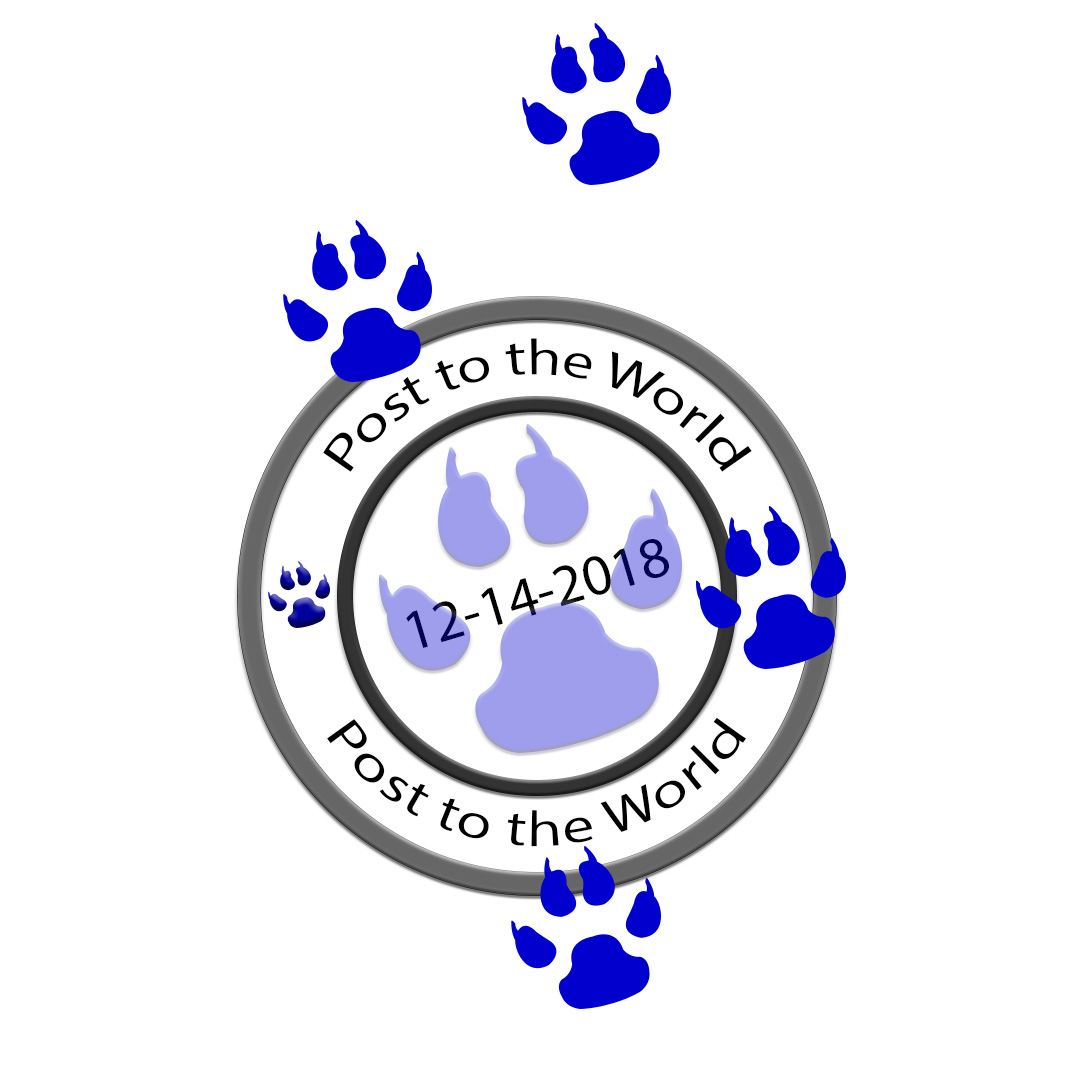Hatteras Island after Hurricane Isabel in 2003 (USGS photo) Route 12 is nowhere to be seen.
Bimini Sunset
Evans’ Rag
Vol 1 Issue 24
Safety Assessment Program (SAP)
Last Friday in Richmond I was attending an all-day course on evaluating buildings damaged in major disasters such as the recent hurricane. Safety Assessment Program (SAP) is a national program put on by the American Institute of Architects originally developed by the State of California.
Virginia is one of a number of states that work with volunteer professionals to aid in disaster recovery. At the Branch House Museum of Architecture and Design, we had architects, engineers, and building inspectors all being trained. Goal of the training was to support local officials in getting displaced people back in their homes, offices, stores, as fast as safely possible after a major disaster.
One story our instructor told us was of the rescue dogs shutting down after days of searching; the dogs suffered from the stress as much as their human handlers. Makes you appreciate what true allies our canine friends can be.
With Hurricane Dorian hitting the Ocracoke last Friday morning, it only reminded me that I’ve lived under the threat of those storms my entire life, first in South Carolina when Hurricane Hazel dumped cars in trees when I was five, later living in Miami, and now in Virginia. As he class ended, it occurred to me that that was the easy part. Entering a disaster area–that takes guts.”
In Sebastian Junger’s Tribe, he points out that unlike all the doomsday stories being floated about on the Internet, humans demonstrate their best charity after a disaster. It’s how the species has succeeded.
By now, the names of Great Abaco and Grand Bahama are world famous–sadly not for what the Bahamians would like to be known for.
Hurricane Dorian brought to mind our own long-ago vacation on Bimini, subject of this week’s blog on account of having a few photographs to show. Even if it didn’t hit Bimini directly, no doubt it did bad damage.
Closer to home, Ocracoke Island received Dorian’s only landing in the States. It was saved from the disastrous 200+ mph winds that Great Abaco and Grand Bahama endured, but because of its location between ocean and sound, it was flooded like no one’s seen there. The hurricane pushed into Pamlico Sound, literally driving the sound’s water out, then once past, the water came roaring back, drowning Ocracoke.
If you want to know what it’s like to live at the end of the world, check out Ocracoke–it’s a lot easier to reach than Bimini - once they clear Route 12 and get the ferry back in operation.
September 16, 2003, Hurricane Isabel landed in much the same area, and did extensive damage to Hatteras Island, next door to Ocracoke, pushing sand over the highway, carving new inlets and closing others, willfully destroying houses. We’d been planning that year’s vacation to the Outer Banks, so we sat where we were at home as the remnants of the hurricane scared the hell out of us. It had been nearly a year since Ryan’s death, and I dreaded returning to the Outer Banks where we’d taken so many vacations with him. It’s one of the last poems in Love in Winter: Tropical Depression
One of our favorite excursions has been taking the ferry to Ocracoke Island with the dogs. Coming Home The Chimes was written in memory of Ryan gone missing–as well as about a small island that’s had more than its share of hurricanes.
Waiting on the Cedar Island Ferry leaving Ocracoke



